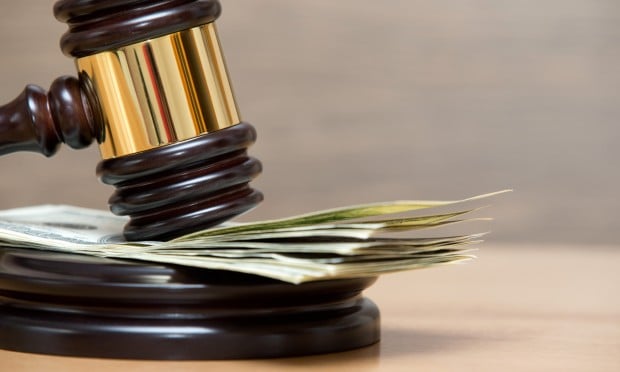A host of taxes and revenue enhancers are part of the funding package for the health care reforms provided by the Patient Protection and Affordable Care Act.
Some are large, some are small, and some have generated great media attention. One of the funding vehicles for PPACA which has not shared much of the limelight is the “tanning bed tax.” This article explores what it is, how it works, and how it affects health care reform.
Effective July 1, 2010, through the provisions of PPACA and the amendments made through the Health Care and Education Reconciliation Act of 2010, a 10 percent tax was imposed on tanning sessions at indoor tanning salons. This excise tax has been codified in the Internal Revenue Code at section 5000B (26 U.S.C. 5000B).
Continue Reading for Free
Register and gain access to:
- Breaking benefits news and analysis, on-site and via our newsletters and custom alerts
- Educational webcasts, white papers, and ebooks from industry thought leaders
- Critical converage of the property casualty insurance and financial advisory markets on our other ALM sites, PropertyCasualty360 and ThinkAdvisor
Already have an account? Sign In Now
© 2024 ALM Global, LLC, All Rights Reserved. Request academic re-use from www.copyright.com. All other uses, submit a request to [email protected]. For more information visit Asset & Logo Licensing.








